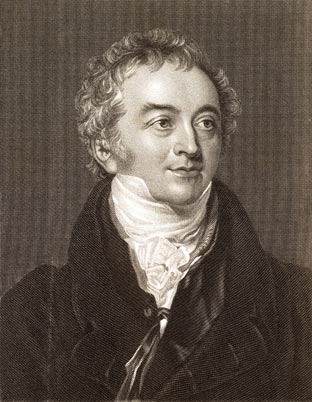This wave-like behaviour suggested that "light is not a substance but a process going on in a substance"(1) - as the physicist James Clerk Maxwell (1831-1879) later said. This was not a new idea: it had been suggested by Christiaan Huygens and others in the 17th century. However, Young's experiments offered new evidence in favour of this wave theory of light.
Unfortunately for Young, this theory conflicted with the dominant particle theory of light, which described light as a stream of particles that are emitted from a light source. Young did not find much support for his research and his work was criticised as being contrary to the teachings of Newton's famous book Opticks, which supported the particle theory. One notable critic, Henry Brougham (1778-1868), wrote that Young's wave theory was "destitute of every species of merit ... the unmanly and unfruitful pleasure of a boyish and prurient imagination".(2)
As a result, Young's work was generally ignored for more than a decade. Interest in the wave theory was revived when Augustin Fresnel (1788-1827) developed an explanation of diffraction around 1816, which explained the phenomenon in terms of the wave theory. Young's experiments then became seen as potentially significant.
Today, two centuries later, Young's 'double slit' experiment is frequently performed as a classroom physics demonstration, with the results commonly accepted as proof that light has wave-like properties. Of course, this is not the end of the story, as we now accept that light has properties of both waves and particles, as explained by quantum mechanics.




